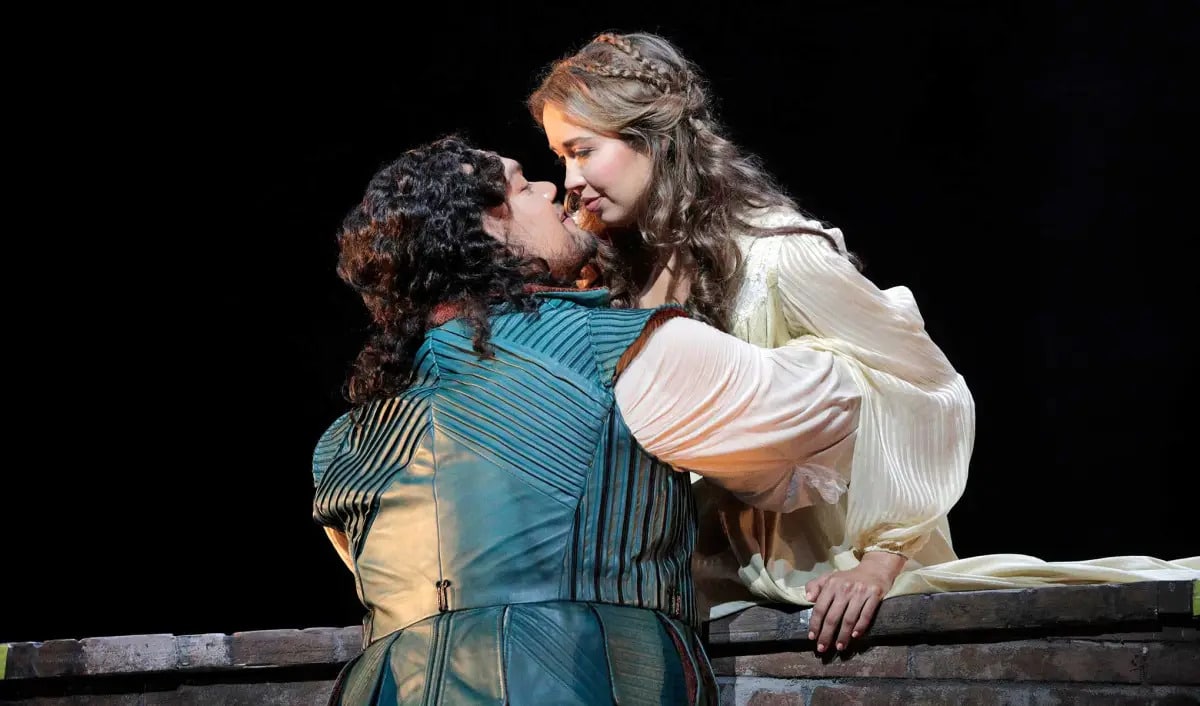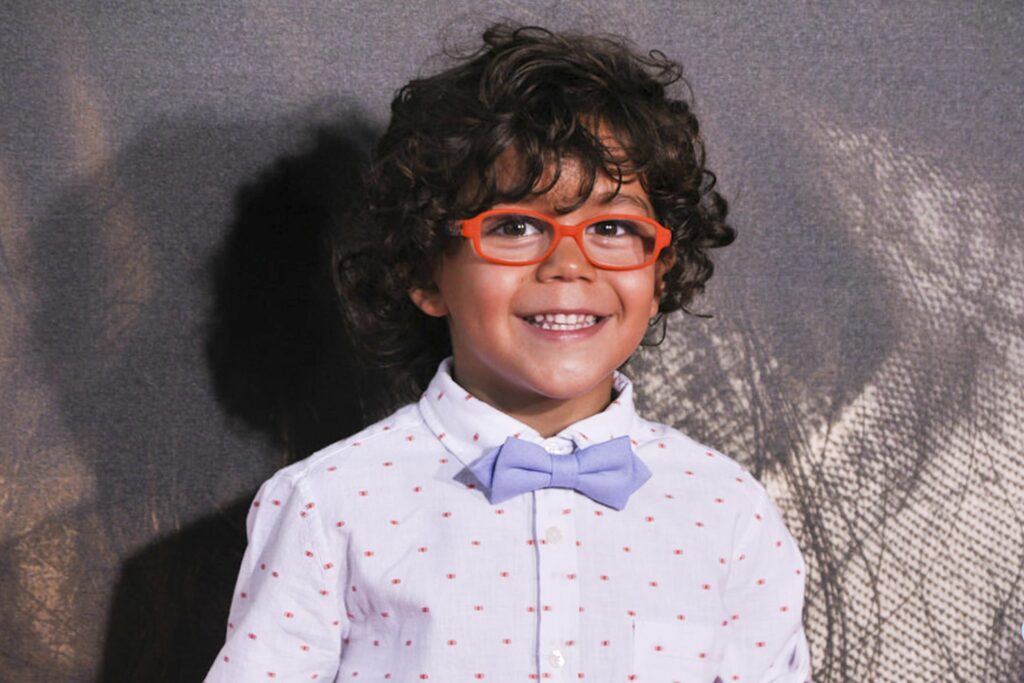Let’s cut the crap. You’ve been desensitized. You’ve sat through the jump scares of The Conjuring, yawned through the endless sequels of The Nun, and called it “horror.” You think you’re safe? You think because the film is a Spanish horror movie with subtitles, you can keep your distance? Think again.
The Veronica movie isn’t just another lazy possession flick. The Veronica movie, steeped in the terrifying legacy of Spanish horror movies based on true events, delivers a powerful dose of cinematic terror. Authorities allegedly ripped the story from a sealed Spanish police case, which was so disturbing that officers refused to discuss it.
Directed by the master of chaos, Paco Plaza—the visionary behind the [REC] series of horror films—Veronica isn’t your average slow-burn ghost story. This Netflix horror gem delivers a full-throttle demonic invasion into a vulnerable Madrid family, and it’s waiting to rip you apart on your streaming queue.
But here’s the real question: is it all just slick marketing? Or is Veronica one of those rare horror movies inspired by Spanish police files that actually earns its reputation? Is it a spooky urban legend dressed up for Netflix clicks, or a real story behind a possession horror film that still keeps investigators up at night? We’re digging deeper than a Ouija board séance to bring you the unvarnished, blood-curdling truth. Strap in.
What Is The Bone-Chilling Real Story Behind The Veronica Movie?
The most potent ingredient in the Veronica horror movie’s recipe for terror is its claim of authenticity. So, what is the real story behind the Veronica Netflix film?
The film is loosely based on the infamous “Vallecas Case,” an event that occurred in Madrid in 1991. The official report, filed by Esteban, the lead homicide inspector, remains one of the few police files in Spain to officially log a supernatural horror incident. The story goes like this: A group of teenagers, including a young girl named Veronica, attempted to contact a deceased friend using a Ouija board during a solar eclipse.
Things, predictably, went horribly wrong. The session unleashed a violent, malevolent force that attached itself to the girl. The subsequent poltergeist disturbances were so severe—furniture moving, unseen forces assaulting the family, horrific smells—that seasoned police officers were left baffled and terrified. The case was officially closed with no rational explanation, a permanent stain on the rational world.
This tale isn’t just a campfire story. This is a documented anomaly that challenges reality itself. And Paco Plaza weaponizes this foundation to create a sense of dread that feels earned, not manufactured.
How Paco Plaza Masterfully Twists True Events Into Cinematic Agony
Paco Plaza, a godfather of modern Spanish horror films, doesn’t just retell the story; he weaponizes it. He takes the skeleton of the Vallecas case and grafts on layers of human drama and visceral fear.
The Ouija Board Séance Scene:


The Family Dynamic as a Pressure Cooker: The film’s genius lies in its setting. Veronica movie isn’t in a remote mansion; she’s in a cramped, sun-drenched Madrid apartment, acting as a mother to her younger siblings while their mother works long hours. This family is not only haunted; it is also stressed, vulnerable, and emotionally drained. The poltergeist disturbances—a moving chair, a blender turning on by itself—are amplified because they invade a space of supposed safety and normalcy. The entity preys on their isolation and exhaustion, making the demonic invasion feel all the more cruel and personal.
Who brings terror to life? The Unforgettable Cast of The Veronica Movie
Films like Veronica rely heavily on their cast. It’s not enough to have creepy visuals and a true-story backbone; you need actors who can sell the sheer, debilitating horror of the situation. Director Paco Plaza didn’t just cast talented performers; he assembled a group that embodies raw, believable fear, making the demonic invasion feel terrifyingly real.
Sandra Escacena as Verónica

We have already praised Sandra Escacena’s performance, but it is worth reiterating. As the titular Veronica, Escacena is the devastating core of the entire film. She carries the monumental weight of the narrative, transitioning from a weary, caring sister to a vessel of pure torment with a shocking, visceral physicality. Her performance is a masterclass in internalized horror, making her one of the most compelling and tragic final girls in modern Spanish horror films.
Bruna González as Irene

As the younger, observant sister Irene, Bruna González delivers a performance that is subtly brilliant and ultimately devastating. She is the witness, the character who sees the gradual decay of her protector. Her fear is quiet, confused, and deeply affecting. The film’s harrowing ending rests entirely on her small shoulders, and she delivers a final, wordless shot that is arguably more frightening than any monster jump scare.
Claudia Platero as Lucía

Platero portrays the youngest sister, Lucía, with an innocent charm that makes her a perfect target for the entity’s manipulations. The scenes where the demon uses her voice and her toys to torment Veronica are chilling, and Platero perfectly balances childhood innocence with a sinister, vacant delivery when under the entity’s influence. She represents the ultimate stakes: the corruption of pure innocence.
Iván Chavero as Antoñito

The only boy in the family, Antoñito’s role is crucial. Chavero brings a boisterous, childish energy that contrasts sharply with the growing dread. His interactions with Veronica ground the film in a heartbreaking normalcy, making the supernatural intrusions all the more violent and unacceptable. He is a symbol of the fragile family unit the entity seeks to destroy.
Consuelo Trujillo as Sister Death

As previously highlighted, Trujillo’s performance as the blind nun is iconic. She doesn’t need special effects to be terrifying. Her commanding, raspy voice and unseeing gaze create an aura of ancient, fearful authority that seems to look right into your soul. She is the embodiment of the film’s Catholic horror themes, a figure who knows the rituals of the church are no match for the primal evil they face.
This ensemble cast is the engine of the film. Their believable, frayed-family dynamic makes you care, and their collective descent into terror is what transforms the Veronica movie from a simple possession horror story into an unforgettable cinematic nightmare. Their performances are the human element that makes the supernatural horror stick with you long after the screen goes dark.
Why Sandra Escacena’s Performance Is a Landmark in Possession Horror
Forget your familiar faces from The Conjuring-style films. The heart, soul, and shattered psyche of the Veronica movie is Sandra Escacena in her debut role. Her performance isn’t acting; it’s a descent.
Instead of portraying Veronica as a victim in need of rescue, Escacena depicts her as a fighter grappling with an unfathomable burden. You see the weary resilience of a teenage girl forced into motherhood, and then you watch as that strength is systematically dismantled by an invisible predator. Her terror isn’t screamed; it’s internalized, etched into the dark circles under her eyes and the tremble of her hands.
The physicality of her performance is astounding. As the demonic possession tightens its grip, Escacena contorts, her voice drops to a guttural rasp, and her body becomes a battleground. She embodies the central tragedy: a girl losing the battle for her soul while trying desperately to protect the siblings who depend on her. It’s a raw, unforgiving, and award-worthy performance that anchors the entire film’s terrifying reality.
How The Blind Nun “Sister Death” Became An Icon of Terror
What’s a possession and exorcism film without a creepy nun? However, Paco Plaza doesn’t present us with a conventional holy warrior. He gives us Sister Death (Consuelo Trujillo), a blind, elderly nun whose milky, unseeing eyes seem to perceive the demonic world more clearly than anyone.
Sister Death isn’t a hopeful savior; she’s a prophet of doom. Her presence introduces a layer of deep-seated Catholic horror. She represents a faith that is ancient, fearsome, and ultimately, impotent against the raw evil that Veronica faces. Her warnings are cryptic, her methods are unorthodox, and her failure to stop the entity only deepens the film’s sense of hopelessness. She is a brilliant subversion of the “helpful nun” trope, becoming one of the most memorable and unsettling characters in modern horror.
What The Hell Happened? A No-Fluff Explanation of the Veronica Movie’s Ending
Spoiler Alert: This section dives into the finale. Turn back now if you haven’t seen it.
The Veronica movie’s ending is a brutal sucker punch that has spawned countless “Veronica movie explained ending” searches. After a desperate, failed attempt at a home exorcism, Veronica realizes the demon, named “Sitriel,” won’t be satisfied with just her. It wants her siblings.
In a final, heartbreaking act of sacrifice, she locks herself in the room with the entity during a solar eclipse, the same condition that started it all. The film culminates in a cacophony and shadow before cutting to silence. The police arrive, finding the younger sister, Irene, catatonic, and Veronica… dead.
But the true, soul-crushing horror is the final shot: Irene, in a psychiatric ward, draws the same symbol Veronica did, her eyes possessed by the same demonic force. Veronica’s sacrifice was for nothing. The entity won. It simply moved to a new, weaker host. This is the ultimate gut punch, a stark reminder that the evil in this story is not just powerful but patient and insidious. It’s an ending that refuses to provide comfort, lingering in your mind long after the credits roll.
Where You Can Find The Most Terrifying Fan Reactions and Reviews
Don’t just take our word for it. The legend of the Veronica Netflix horror film is built as much on audience reaction as on its official plot. A viral claim stated that Veronica was “the scariest movie ever,” causing people to pass out and turn it off.
While this claim may be sensationalist, the true essence lies in the collective viewer experience. Scour social media and you’ll discover a graveyard of threads filled with people admitting they couldn’t finish it alone, that it “broke” them, or that it triggered a genuine sense of unease. This essay isn’t about cheap jumpscares; it’s about the film’s oppressive atmosphere and its foundation in a “true story” that taps into a universal, primal fear of the unseen.
When a Spanish horror film can transcend language barriers and cultural differences to achieve this level of notoriety, you know it’s doing something profoundly right—and extremely frightening.
The Veronica movie is more than a film; it’s an experience. It’s a grim reminder that the most terrifying stories aren’t invented in a writer’s room but are whispered in police stations and hidden in classified files. It leverages its true story credentials not as a gimmick, but as a bedrock for its unrelenting, brutal, and emotionally devastating tale of demonic possession. So, the next time you’re scrolling through Netflix, looking for a real thrill, ask yourself: Are you ready to play with the big leagues? Are you ready to Meet Veronica?
